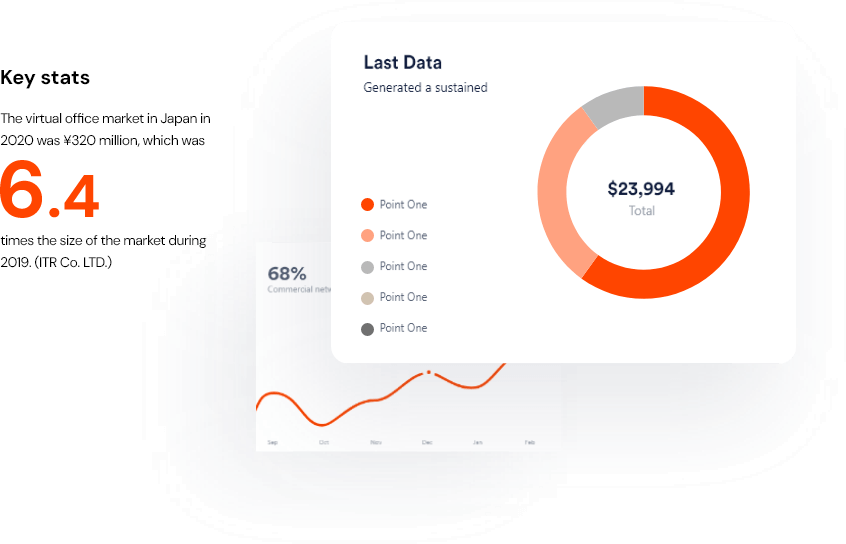The Security Challenges of Virtual Offices
3 min read

In the rapidly digitising world of business, the rise of virtual offices has undoubtedly brought about increased flexibility and cost savings. However, this shift also introduces a new set of security challenges that businesses must face. The protection of data and ensuring privacy are crucial considerations in any work setting, and the virtual office environment is no exception.
In this article, we’re going to take a look at the security risks associated with virtual offices while outlining strategies for safeguarding your business in a remote work landscape. Let’s take a look.
What is a Virtual Office?
A virtual office is a service that enables employees and business owners to work remotely while accessing essential business functions and services typically found in a traditional office setting. This concept covers a broad spectrum of physical and digital setups and services. At its core, a virtual office provides a business address, communication services, and other facilities necessary for the effective operation of a business, without the need to maintain a physical office space.
The rise of digital technology and the recent shift towards remote working have seen a surge in the popularity of virtual offices. They offer businesses, particularly start-ups and small to medium enterprises (SMEs), the opportunity to operate flexibly and cost-effectively. For example, with a virtual business address London, startups and new businesses can project seriousness and prestige – even if the business is only a few months old.

Understanding the security risks in virtual offices
DATA BREACHES AND CYBER ATTACKS
In a virtual office setting, sensitive data is often stored and transmitted digitally, making it a potential target for cybercriminals. Data breaches can lead to significant financial losses, damage to a company’s reputation, and potential legal consequences – plus, the decentralised nature of virtual offices can make it challenging to manage and secure all data, increasing the vulnerability to cyber attacks.
INSECURE COMMUNICATION CHANNELS
Virtual offices rely heavily on digital communication channels. Emails, video conferences, and instant messaging platforms are used regularly for business operations, and if these channels are not adequately secured, they can become a gateway for cybercriminals to access sensitive information.
EMPLOYEE DEVICES AND NETWORK SECURITY
In a remote work setting, employees often use personal devices to access work-related data. These devices may lack the necessary security measures, making them a weak link in the company’s security chain. Additionally, employees may connect to unsecured networks, exposing the company’s data to potential threats.
Final thoughts: balancing flexibility with security
The shift towards virtual offices does come with its fair share of security challenges, but, with a solid understanding of the risks and a proactive approach to cybersecurity, businesses can reap the benefits of a flexible work model while ensuring the safety of their data and privacy.
In the end, securing a virtual office is an ongoing task that requires vigilance, regular updates, and continuous education – after all, as cyber threats evolve, so too must our strategies to counteract them. With the right measures in place, businesses can confidently navigate the remote work landscape, capitalising on the benefits of virtual offices while safeguarding their most valuable asset – their data.







